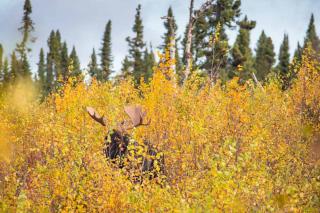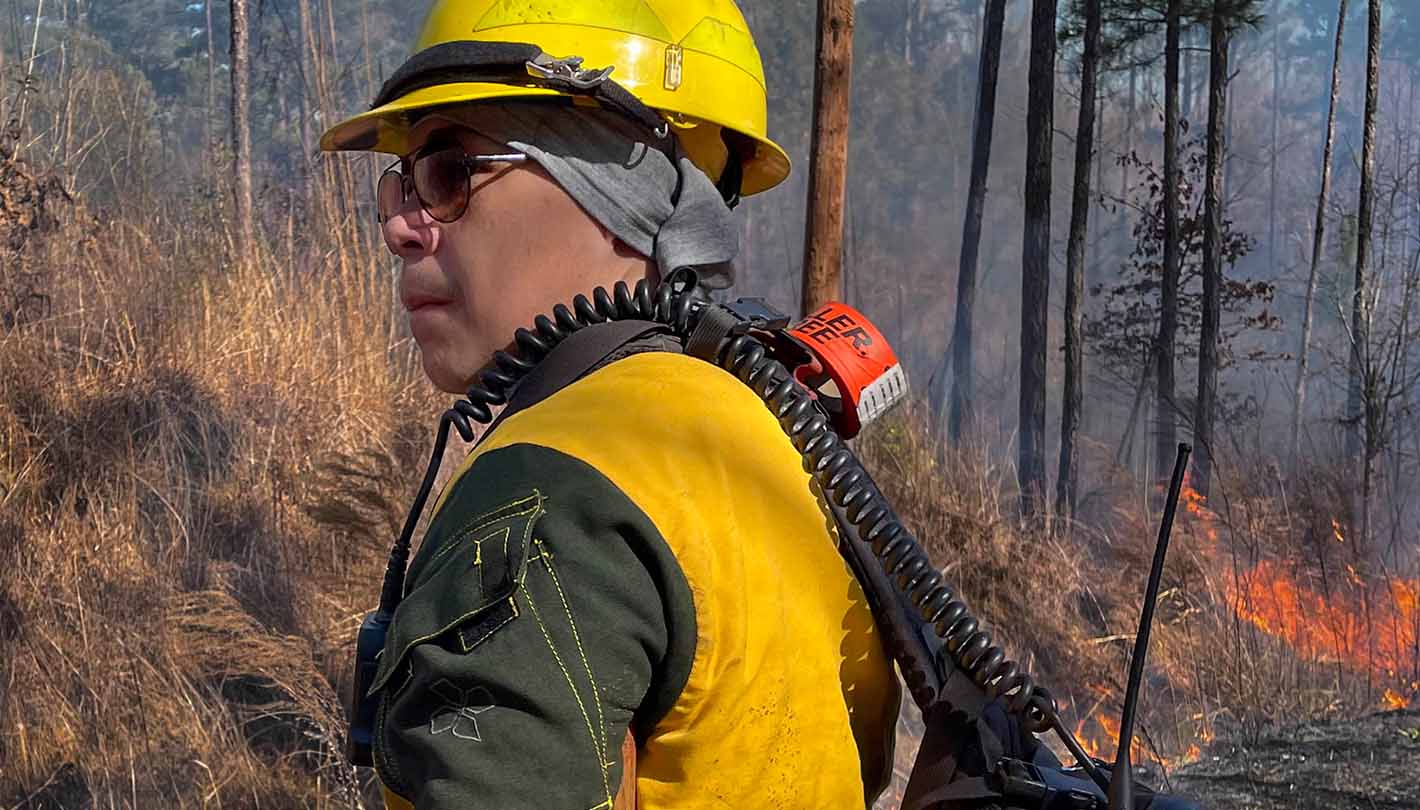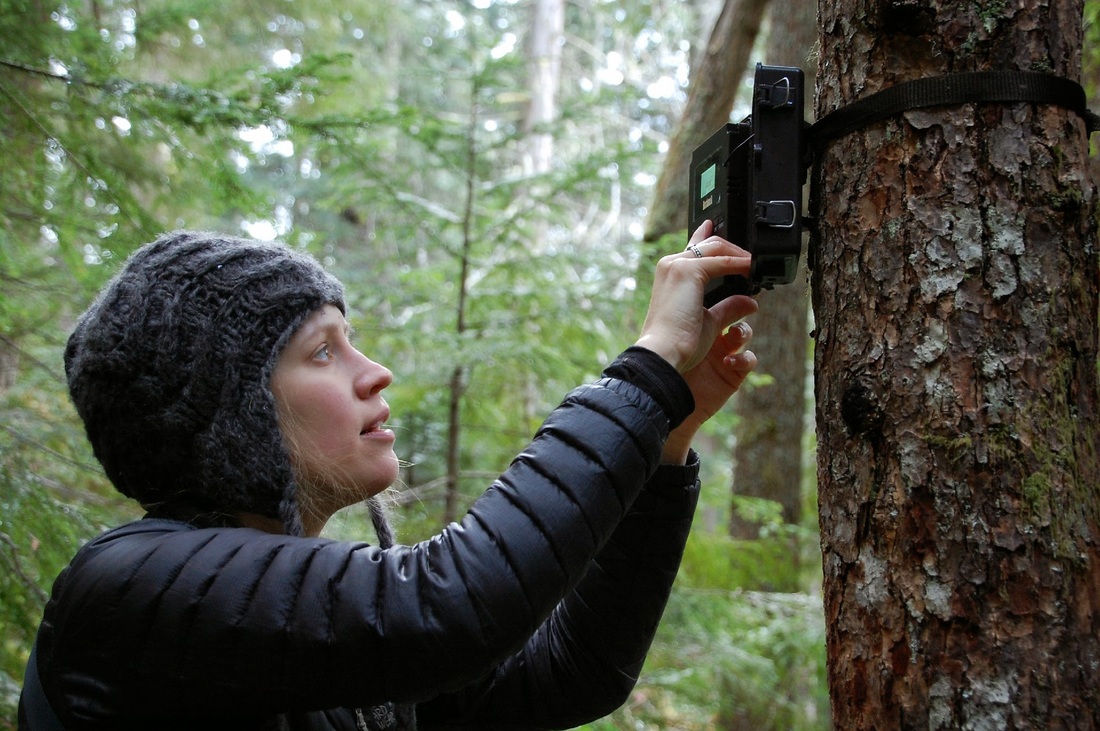Moose are an iconic Minnesota animal. Their significance dates to some of the first settlers who arrived several hundred years ago. For the Fond du Lac Band of Lake Superior Chippewa and Grand Portage Band of Lake Superior Chippewa who have occupied this landscape for much longer, moose remain an important source of traditional food and hides and a focal point in their struggle to retain their rights to hunt, fish and gather under the Treaty of 1854 in northeast Minnesota.
Since 2013, the Minnesota Moose Collaborative has implemented a variety of habitat enhancement treatments across the core moose range in northeast Minnesota. The group has used funds provided from the Outdoor Heritage Fund, as appropriated by the Minnesota Legislature and recommended by the Lessard-Sams Outdoor Heritage Council.
These funds helped to restore, protect and enhance Minnesota's wetlands, prairies, forests and habitat for fish, game and wildlife. Partners and tribes in the Minnesota Moose Collaborative include three organizations; five federal, state and county governments; two tribes and two universities.
Moose rely on young vegetation to fuel their large bodies. This vegetation can usually be found in areas of the forest that have been disturbed, like clearings caused by a tree falling. Historically, large-scale wildfire and widespread timber harvests provided good habitat and browse conditions for moose across the northeast. However, without consistent, large-scale natural disturbances on the landscape from wildfire and wind events, wildlife managers use vegetation management techniques like timber harvest to mimic these disturbances for moose habitat creation. Mechanical site preparation or shearing treatments are also used for regenerating desired habitat species and reducing brush and undesirable tree species.
Partners, including the Superior National Forest and the Minnesota Moose Collaborative, have been coordinating timber harvests and prescribed fires across land management boundaries to try to obtain the large amounts of disturbance that moose prefer. Prescribed fire within well-defined boundaries can be used to reduce fuel hazards, as a resource management treatment, or both. Burn intensity varies throughout the treatment unit depending on vegetation, fuels and topography. These burns create a new, young stand. Unburned areas or lightly burned areas within the unit can provide a matrix of habitat.
“The boreal forest landscape is fire dependent, and moose are an integral part of that relationship,” said Mike Schrage, wildlife biologist for the Fond du Lac Resource Management Division.
The Superior National Forest has completed over 2,000 acres of prescribed fire for wildlife benefits, including moose.
Recent projects such as the Twin Green and the Tofte landscape projects contained specific objectives for moose habitat management. Both projects are starting to be implemented on the forest, and management actions associated with these projects will continue for the next 15-20 years.
The future of moose in Minnesota is uncertain; however, partners across the state as well as the Forest Service all want moose to thrive across this landscape for many reasons. The Superior National Forest’s continued engagement with partners to improve moose habitat will hopefully make their position just a little more certain.







